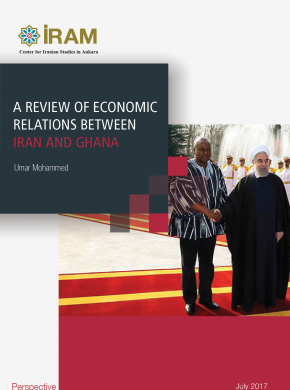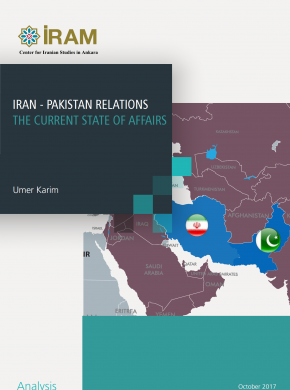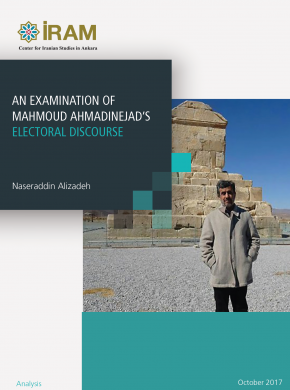The geopolitical state of affairs in South Asia is rapidly changing; a fact that is accredited to the role of emerging regional powers. Moreover, South Asia’s proximity to the oil-rich Middle East has a significant influence on geopolitical developments. Contracts are being drawn and alliances befitting each countries’ economic and political motives are being formed. Pakistan’s pursuit to aid its economy by taking part in the China-Pakistan Economic Corridor (CPEC) is seen as a vital step in economic cooperation and regional connectivity. The $62 billion overture, which is part of President Xi Jinping’s wider Belt and Road Initiative (BRI), purports to expand China’s sway in Pakistan and across Central and South Asia, as well as counter the US and Indian authority in the region. Furthermore, the initiative comprises infrastructure links such as rail, road, and oil production to promote congruence between China and the Middle East.
+90 212 264 3581







